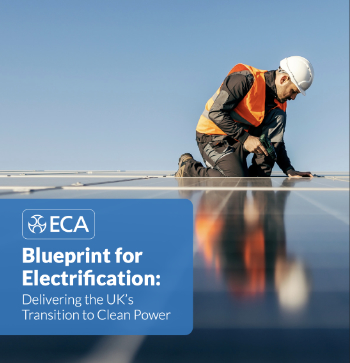Types of fuel cells
There are several different types of fuel cells, each based on a different chemistry and suited to different situations.
Fuel cells are generally classified by the type of electrolyte they use and their operating temperatures. The main types of fuel cells include:
One of the oldest fuel cell designs. The AFC is susceptible to contamination and so requires pure hydrogen and oxygen. It generally uses potassium hydroxide in water as the electrolyte. Its efficiency is about 70% and the operating temperature ranges from 150 to 200 degrees Celsius. Fuel cell output ranges from 300 watts to 5 kilowatts.
Direct methanol fuel cell (DMFC)
These fuel cells operate at around 80 degrees Celsius with their efficiency normally below 40%. The DMFC needs a large amount of platinum which acts as the catalyst and so they can be expensive.
Molten carbonate fuel cell (MCFC)
This type of fuel cell is best suited to large power generators. MCFC uses high temperature compounds of salt carbonates as the electrolyte. Efficiency ranges between 60% and 80% and the operating temperature is about 600 degrees Celsius, so the steam that is produced can be used to generate more power. Their output is generally in the range of 2 megawatts up to 100 megawatts.
Phosphoric acid fuel cell (PAFC)
The electrolyte is phosphoric acid. Efficiency ranges from 40% to 80% and the operating temperature is between 150 to 200 degrees Celsius. PAFC have outputs up to 200 kilowatts, although units with 11 megawatts output have been tested. A wide variety of fuels can be used in this system.
Polymer exchange membrane fuel cell (PEM)
This fuel cell works with a polymer electrolyte in the form of a thin, permeable sheet or layer. Efficiency ranges from 40% to 50% and the operating temperature is around 80 degrees Celsius. Fuel cell outputs range from 50 to 250 kilowatts.
Solid oxide fuel cell (SOFC)
Uses a hard, ceramic compound of metal oxides to act at the electrolyte. Efficiency is about 60% and they operate at temperatures of 1000 degrees Celsius. The output from SOFC is up to 100 kilowatts. Waste heat can be recycled in order to produce more electricity.
[edit] Related articles on Designing Buildings Wiki
Featured articles and news
ECA Blueprint for Electrification
The 'mosaic of interconnected challenges' and how to deliver the UK’s Transition to Clean Power.
Grenfell Tower Principal Contractor Award notice
Tower repair and maintenance contractor announced as demolition contractor.
Passivhaus social homes benefit from heat pump service
Sixteen new homes designed and built to achieve Passivhaus constructed in Dumfries & Galloway.
CABE Publishes Results of 2025 Building Control Survey
Concern over lack of understanding of how roles have changed since the introduction of the BSA 2022.
British Architectural Sculpture 1851-1951
A rich heritage of decorative and figurative sculpture. Book review.
A programme to tackle the lack of diversity.
Independent Building Control review panel
Five members of the newly established, Grenfell Tower Inquiry recommended, panel appointed.
Welsh Recharging Electrical Skills Charter progresses
ECA progressing on the ‘asks’ of the Recharging Electrical Skills Charter at the Senedd in Wales.
A brief history from 1890s to 2020s.
CIOB and CORBON combine forces
To elevate professional standards in Nigeria’s construction industry.
Amendment to the GB Energy Bill welcomed by ECA
Move prevents nationally-owned energy company from investing in solar panels produced by modern slavery.
Gregor Harvie argues that AI is state-sanctioned theft of IP.
Heat pumps, vehicle chargers and heating appliances must be sold with smart functionality.
Experimental AI housing target help for councils
Experimental AI could help councils meet housing targets by digitising records.
New-style degrees set for reformed ARB accreditation
Following the ARB Tomorrow's Architects competency outcomes for Architects.
BSRIA Occupant Wellbeing survey BOW
Occupant satisfaction and wellbeing tool inc. physical environment, indoor facilities, functionality and accessibility.






















